Poirot Abroad
We encounter Hercule Poirot outside of England on several occasions. Most of these trips were meant to be for pleasure; these trips take him to the European continent and the Middle East. Most of the cases that took place abroad are featured in stories from the 1930s. His modes of transportation consisted of travel by train, airplane, or boat. He rode le train bleu in The Mystery of the Blue Train and the train of the Compagnie Internationale des Wagons-Lits in the classic story Murder on the Orient Express. Plane travel is (obviously) seen in Death in the Clouds, when Poirot investigates a murder that happened during flight. He travels by boat in the short story "Problem at Sea" and in the novel Death on the Nile. Note: Poirot's method of travel is not explained in every one of his stories.
Poirot's visits to the Continent are chronicled in stories such as Murder on the Links, Death in the Clouds, The Big Four, the short story "Triangle at Rhodes" and the short story collection titled The Labors of Hercules. Poirot spent time in the Middle East in stories such as Murder in Mesopotamia, Death on the Nile, and Appointment with Death. In the second authorized Poirot novel (published in 2016) written by author Sophie Hannah, titled Closed Casket, Hercule Poirot travels to the Irish Free State (before it became the Republic of Ireland in 1937).
Below is a small sampling of Poirot's travels abroad. The pictures that accompany these entries come from the television series Agatha Christie's Poirot (1989-2013) that starred actor David Suchet.
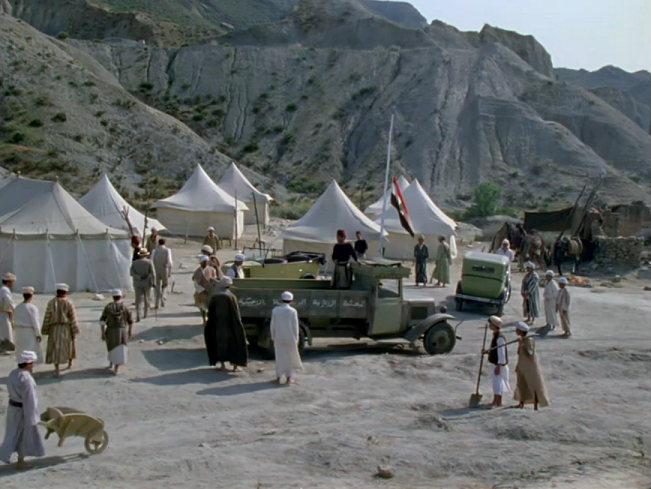
The dig site of Men-her-Ra is depicted in the television adaptation of "The Adventure of the Egyptian Tomb". The filming of the story took place in Spain, however, not in Egypt.
"The Adventure of the Egyptian Tomb" (1923, first publication)
In this short story, Poirot and his friend Captain Hastings travel to Egypt to an excavation site. They go to investigate deaths related to the "Curse of Men-her-Ra". Three members of the excavation team die shortly after the opening of the tomb of the Egyptian king of the Eighth Dynasty. After a visit with the widow of the dead archaeologist, Poirot and Hastings make their journey. It was a four-day voyage by boat from Marseille, France, to the coastal city of Alexandria in Egypt. From there, they had driven to Cairo and to the Pyramids of Giza.
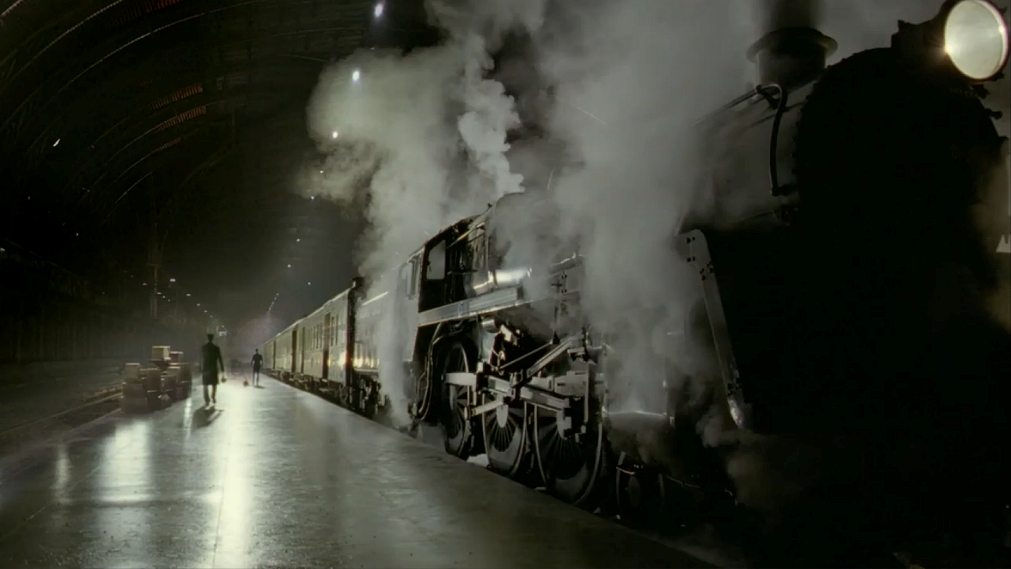
In the classic story Murder on the Orient Express, Poirot travels in the famous train. His boarding of the train is depicted also in the television adaptation from 2010.
Murder on the Orient Express (1934)
Poirot was in Syria at the beginning of the story to assist the French army in a case. Poirot left Syria for Istanbul. He had planned on spending a few days there, for he had never visited the Turkish city. When he had arrived in Istanbul, Poirot received summons back to England. That same night, he boarded the Orient Express. The last stops the train made were in Belgrade and Vincovci (now in the countries of Serbia and Croatia, respectively) before the train was halted because of a snowdrift. It was in this journey that Poirot solves the murder of an American businessman who occupied the compartment next to Poirot's.
"Problem at Sea" (1935, first publication)
Despite Poirot's dislike of the sea, he was on holiday on a ship in the Mediterranean Sea. The ship arrived at the Egyptian city Alexandria on the same day a fellow passenger met her demise. Whilst everyone was touring the city (except a very few including Poirot), someone had murdered Mrs. Clapperton. It was up to the Belgian detective to solve this locked room mystery.
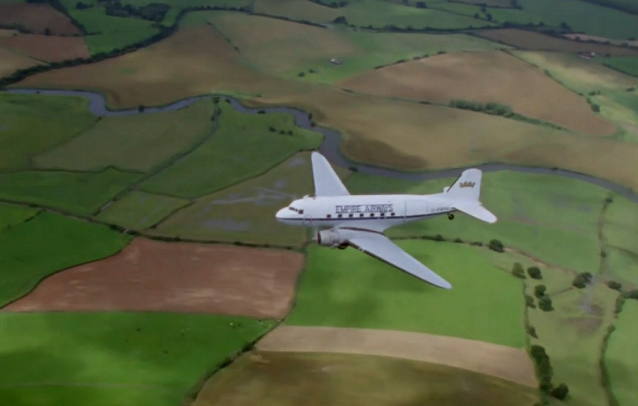
The Prometheus took Poirot and his fellow passengers to Croydon from Paris in the novel. The aircraft Agatha Christie modeled the Prometheus after was most likely the Handley Page H.P.42 for Imperial Airways, not the one shown in this adaptation for Death in the Clouds.
Death in the Clouds (1935)
Poirot was flying back from Paris to England when another passenger is murdered. Poirot returned to Paris for further investigations, starting at the home of the murder victim. Besides going to the victim's home, he visited the Surete, an antique shop and the office of the airline company. After a short visit to England to make inquiries and to see Inspector Japp, Poirot returned to France once more (this time not by plane, although it is not explained how he travelled). It was in France that there was a break in the case before returning to England one final time.
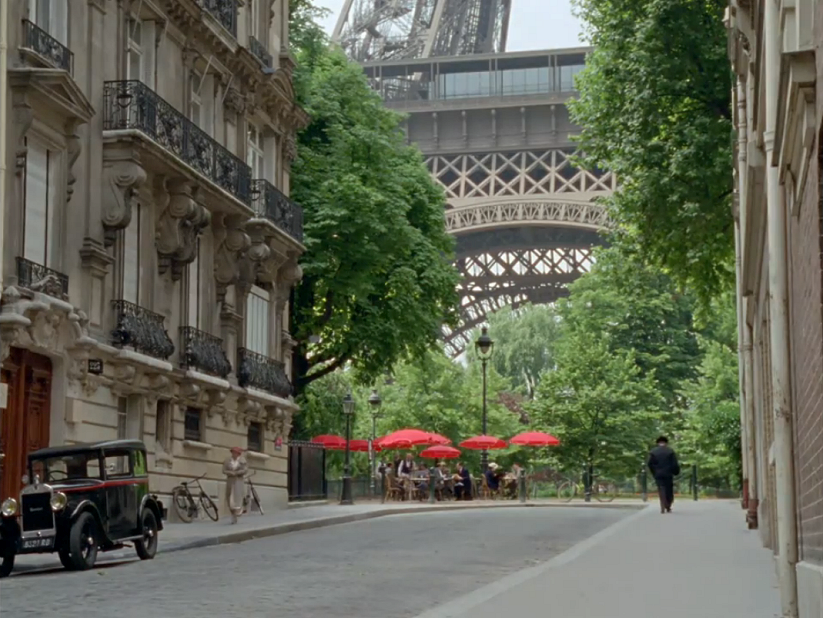
Poirot and Japp have lunch in the shadow of the Eiffel Tower. Filming was done on location for Death in the Clouds.
Murder in Mesopotamia (1936)
The wife of an archaeologist at a dig near Hassanieh, Iraq, is murdered. Luckily for the team at the archaeological site, Poirot was in Syria "disentangling some military scandal" and heading towards Baghdad. On his travels, he was asked to stop at the dig site to investigate the murder. It is not explained how Poirot travelled in the novel. At the dig, Poirot solves more than just one murder. At the end, Poirot returns to Syria, and a week later boards the Orient Express to head home to England, which leads right into the novel Murder on the Orient Express (published two years earlier).
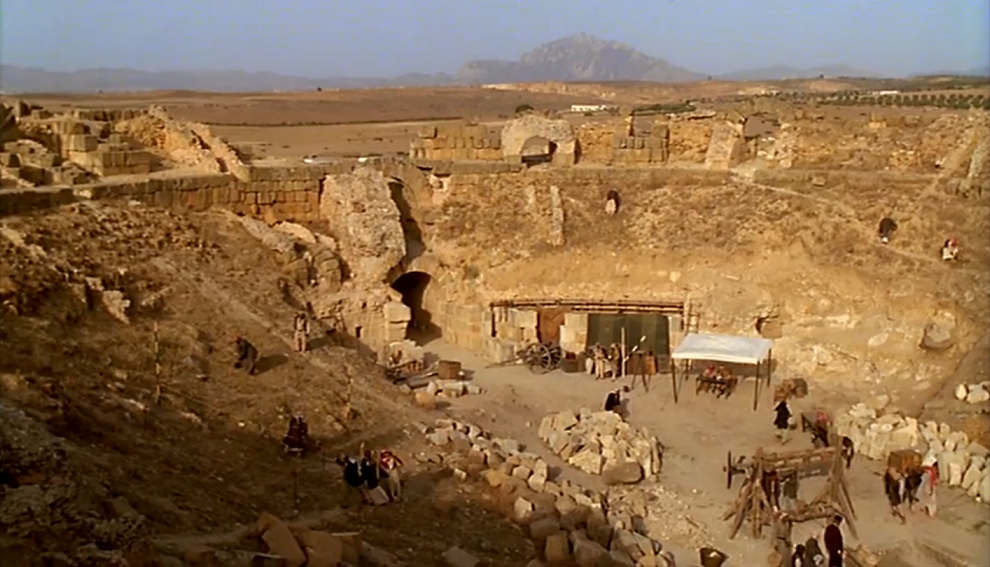
To depict Iraq in the story, scenes of the dig in Murder in Mesopotamia were filmed in the excavation site of Oudna in Tunisia.
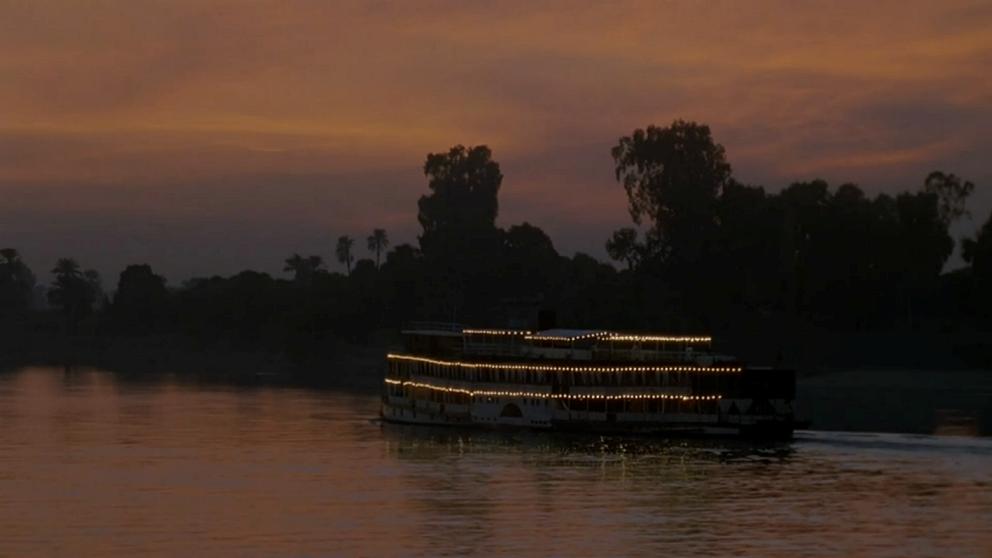
The same steamer that doubled for the SS Karnak in the series that starred Poirot was also used in the film adaptation of Death on the Nile (1978) with Peter Ustinov as Poirot.
Death on the Nile (1937)
Poirot went on holiday to Egypt to spend a winter there. He remarked that he was travelling to Egypt by train, not by boat. He stayed in Assuan (a city in southern Egypt) when the real story begins. Most of the story (and where there's tragedy) happens on the steamer S. S. Karnak. Its journey takes the passengers down the Nile River. Overall, Poirot does his travelling in many ways in this novel: by foot, bus, train, and boat. He works with Colonel Race from British Intelligence in the investigation of the murder of wealthy heiress Linnet Ridgeway.
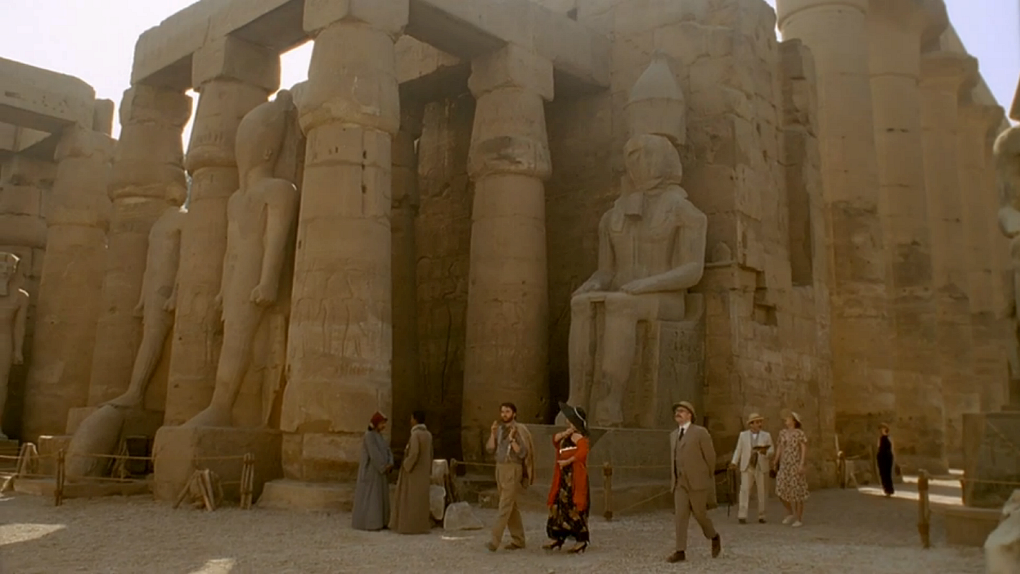
The television adaptation of Death on the Nile (2004) that starred David Suchet was actually filmed on location in Egypt.
Appointment with Death (1938)
Poirot was visiting Jerusalem at the beginning of the story. He had come to Amman, Jordan, to visit a colleague of Colonel Race in British Intelligence (see also Death on the Nile). This man, a Colonel Carbury, invited Poirot to look into the death of a Mrs. Boynton, an odious woman who's a complete sadist. In typical Poirot fashion, he interviews all witnesses to arrive to the truth. It is not explained how Poirot travelled in this case. Please note: the location of Boynton's murder is Petra (in the novel), but sadly the location and major plot points were altered for the 2009 television adaptation.
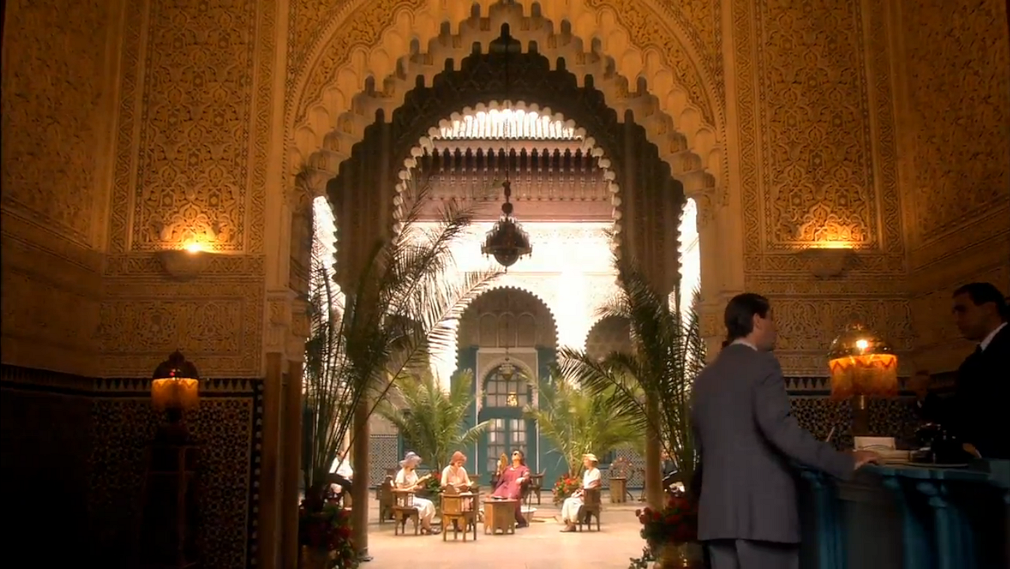
The television adaptation of Appointment with Death was actually filmed on location in Morocco instead of Jordan. Rash changes were also made to characters, motives, and plot.
"The Arcadian Deer"/"The Erymanthian Boar" (1940, first publication)
In these two short stories from The Labors of Hercules, Poirot travels to the Continent to complete the third and fourth Labors of Hercules. He first goes to Paris in search of a young woman who had captured the heart of a simple mechanic. From Paris he goes to Pisa, Italy--and Poirot ends his search in Switzerland. Whilst in Switzerland, he spends a few days touring various spots. After he ascends to Rochers Neiges, he's tasked in capturing an elusive and ruthless killer (described as a "wild boar").
Other short stories from The Labors of Hercules have Poirot away from England. Poirot is on holiday in the fictitious Eastern European nation of Herzoslovakia in the short story "The Stymphalean Birds", he returns to France in the story "The Girdle of Hyppolita" to recover a stolen painting by Peter Paul Rubens, and Poirot travels to western Ireland in search of the gold goblet owned by Pope Alexander VI in "The Apples of Hesperides".